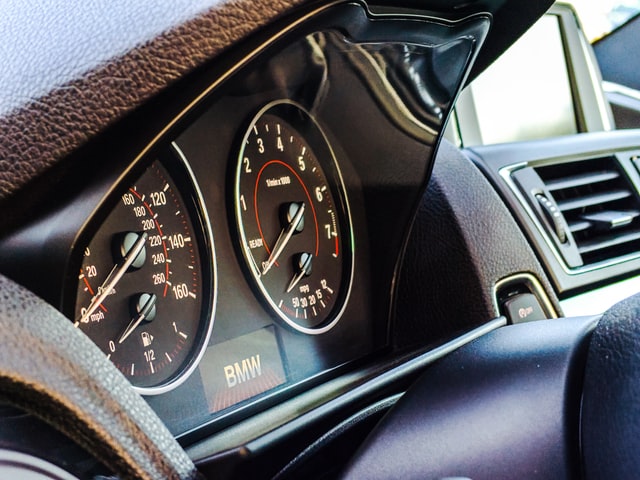When you get into your car and realise, you’re late for work, the light of the gasoline indicator might be intimidating. The problem is that it doesn’t inform you how far you’ve gone until you’ve run out of gas. The gasoline level sensor or an inbuilt distance-to-empty calculation might turn on the fuel light. The distance you can drive on low gasoline varies per vehicle, as well as the road conditions and your driving habits.
A small automobile can generally go 60 to 80 kilometres, but bigger cars and SUVs may travel 30 to 50 kilometres. The ideal practise is to always maintain a quarter tank of gas in your automobile. That way, if you fail to fill up, you’ll have enough gasoline in reserve to travel to a nearby gas station.
Ignoring the helpful light of the fuel level indicator is risky, but how dangerous is it to disregard it?
The first thing to keep in mind is that gasoline gauges are not the most exact devices and only offer an approximate estimate of the fuel level. The level in the tank is monitored by a float in even the most sophisticated automobiles nowadays. The height of this float is then sent to your fuel gauge, either electronically via a microcontroller or by tiny coils and metal strips. When your low gasoline warning light comes on, you may only have around 6% to 8% of the tank’s capacity remaining. The amount of gasoline used might range from 4 to 8 litres. This varies depending on the automobile, mileage, and road conditions, among other factors.
The main danger of running out of gas is becoming stuck on the road. Aside from that, you risk damaging your gasoline pump. If you don’t have enough gasoline in your tank, the fuel pump may start sucking air and may overheat. And if that occurs, you’re in for a lot more than a tank of gas.
What’s the greatest method to save the last few drops of gas if you’re far from a gas station?
• Drive at 65 km/h if at all feasible, as this is the most fuel-efficient pace. This, however, depends on a number of circumstances, like where you’re travelling, the road conditions, the weather, and so on.
• Your windows should be rolled up. Open windows increase drag and wind resistance, causing the engine to use more gasoline.
• If you’re on the highway, take it easy on the accelerator and keep a steady pace.
• Under-inflated tyres can increase fuel consumption. Inflate them to the proper pressure.
• If you have any electrical devices, unplug them, and turn them off.
As a result, driving your car when the low fuel sign is on not only puts you in a stressful situation, but it also puts your automobile at danger of costly damage. To avoid this, be more cautious and always keep a quarter tank of gas in your car, pay special attention to tyre and car maintenance, understand how to increase your fuel economy, and enjoy your journey!
The recommended practise is to maintain your gas tank at least a quarter full at all times. That way, even if you fail to fill up, you’ll have enough fuel in reserve to get you to the next servo safely.
Do you require roadside help in the Bishop’s Stortford, Stansted, or nearby areas? Roadside assistance and towing services from Smart Mechanics Service are only a phone call away.
Regular maintenance is one of the most effective methods to enhance your car’s fuel economy. Visit Smart Mechanics in Bishop Stortford or Smart Mechanics in Stansted the next time you need a service, repair, or inspection.
Sep
18


